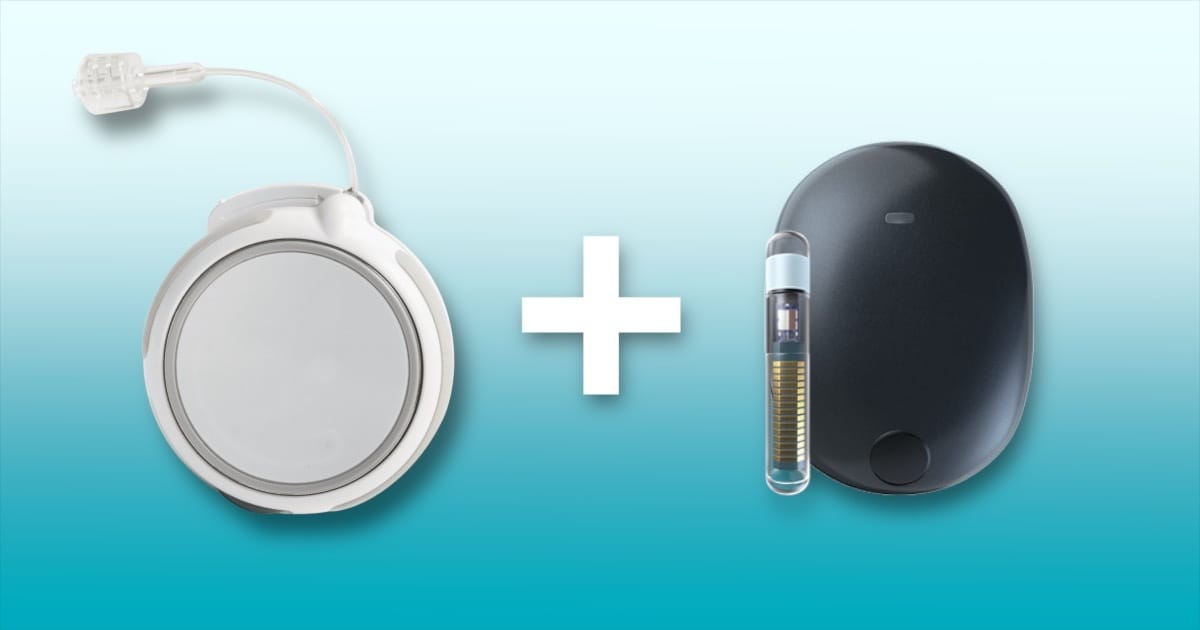Senseonics, the company behind the implantable Eversense 365 continuous glucose monitoring (CGM), has announced the completion of its CE mark submission for the Eversense 365, recognized as the world’s longest-lasting CGM. This marks a major regulatory milestone that paves the way for a European launch and highlights significant momentum for both the device and the company.
The submission represents the final step before European approval, a crucial requirement for commercializing medical devices in the region. Unlike other CGMs that require sensor changes every 7 to 14 days, Eversense 365 is designed for a full year of continuous wear, offering users a new level of convenience and stability in glucose management. Earlier this year, Senseonics announced integration of the Eversense 365 coming this year to automate insulin on the twiist AID system.
The system’s year-long sensor life reduces the burden of frequent replacements and minimizes interruptions in daily diabetes care. However, the device still requires an externally worn transmitter. Future iterations may shed the outer transmitter for an all-in-one implantable, which we covered in our next-gen CGM coverage. Senseonics’ announcement underscores the device’s durability, innovation, and potential to improve quality of life, positioning Eversense 365 as a standout option in an increasingly competitive CGM landscape.
Senseonics expects to receive CE mark approval by the end of 2025, with a commercial launch in Europe projected for the first half of 2026. Following the approval, the company plans to transition to direct commercialization, concluding its existing distribution partnership with Ascensia Diabetes Care. This move signals a shift toward greater operational control and brand independence, aligning with Senseonics’ long-term strategy to expand its global footprint and strengthen its market position.
The CE mark submission for Eversense 365 marks a major milestone for Senseonics and a meaningful step forward for people living with diabetes. As the first implantable CGM designed to last a full year, it could set a new standard for convenience and reliability in glucose monitoring. But with the twiist pump only available in the U.S., will the company find a pump partner for insulin automation? Only time will tell… What do you think? Share your thoughts in the comments below.
Want more?
For the latest diabetes tech, join our free newsletter.
If you like our content and want more, join Diabetech All Access—unlocking monthly Live Q&As, exclusive stories and industry analysis. Your support helps sustain our independent journalism and keeps this platform thriving.
Disclaimer: Diabetech content is not medical advice—it’s for educational purposes only. Always consult with a physician before making changes to your healthcare.


